MDMA (Powder/Crystals): A Comprehensive Overview
MDMA (3,4-methylenedioxymethamphetamine), commonly referred to as ecstasy or molly in its powdered or crystalline forms, is a synthetic psychoactive substance. Known for its ability to enhance mood, empathy, and energy, MDMA has gained popularity in social, therapeutic, and recreational contexts. This guide provides a detailed look at MDMA in powder or crystal form, covering its properties, effects, potential risks, and emerging therapeutic applications. Order now from GREEN SOLUTION SHOP
What is MDMA (Powder/Crystals)?
MDMA is a psychoactive compound that acts as a serotonin, dopamine, and norepinephrine releaser. It is typically available in:
- Powder form: Finely milled substance, often white or off-white in color.
- Crystal form: Large, translucent shards ranging from white to slightly amber hues.
Both forms are chemically identical but differ in texture and purity.
Key Characteristics of MDMA
- Chemical Formula: C11H15NO2
- Appearance: Powder (fine or coarse) or crystalline.
- Purity: Often considered higher in crystalline form compared to pressed tablets.
- Consumption Methods: Orally ingested, dissolved in water, or occasionally insufflated.
Effects of MDMA
MDMA induces effects that typically last 3-6 hours, depending on the dosage and individual tolerance. Common experiences include:
- Euphoria: A heightened sense of happiness and well-being.
- Empathy: Increased emotional openness and social connection.
- Enhanced Sensory Perception: Colors, sounds, and tactile sensations may feel more vivid.
- Energy Boost: Often described as a feeling of invigoration and stamina.
Risks and Side Effects
While MDMA can provide profound experiences, it comes with potential risks:
Short-Term Side Effects:
- Nausea and dehydration.
- Increased heart rate and blood pressure.
- Jaw clenching and teeth grinding.
Long-Term Risks:
- Neurotoxicity: Prolonged use may affect serotonin levels, leading to mood and cognitive changes.
- Dependency potential, though MDMA is not typically classified as highly addictive.
Contamination Risks:
- Adulterants such as methamphetamine or synthetic cathinones are sometimes added to street-level MDMA, increasing health risks.
Harm Reduction Tips
For those considering MDMA use, harm reduction strategies are crucial:
- Test for Purity: Use reagent testing kits to identify contaminants.
- Stay Hydrated: Drink water but avoid overhydration.
- Dose Responsibly: Start with a low dose, especially for new users.
- Take Breaks: Avoid frequent use to minimize tolerance and neurotoxicity.
MDMA and Therapeutic Applications
In recent years, MDMA has gained recognition in medical research, particularly in the field of mental health.
Promising Uses:
- PTSD Treatment: Clinical trials have shown MDMA-assisted therapy can significantly reduce symptoms of post-traumatic stress disorder.
- Anxiety Relief: MDMA is being studied for its potential to alleviate anxiety in terminally ill patients.
- Relationship Counseling: Its ability to foster empathy and communication is being explored in therapy settings.
Legal Status of MDMA
The legal status of MDMA varies worldwide. It is generally classified as a Schedule I substance, indicating a high potential for abuse and no accepted medical use in most jurisdictions. However, research advancements are prompting reconsideration of its legal categorization for therapeutic purposes.
Conclusion
MDMA (Powder/Crystals) remains one of the most intriguing psychoactive substances, offering profound emotional and sensory experiences. While it is widely used recreationally, its emerging therapeutic applications highlight its potential beyond social settings. Understanding the risks, effects, and safe use practices can empower individuals to make informed decisions about MDMA use.
Always prioritize safety, and consider consulting harm reduction resources for additional guidance.
| Quantity | 1 gram, 3 grams, 5 grams, 10 grams, 20 grams, 1 Oz |
|---|

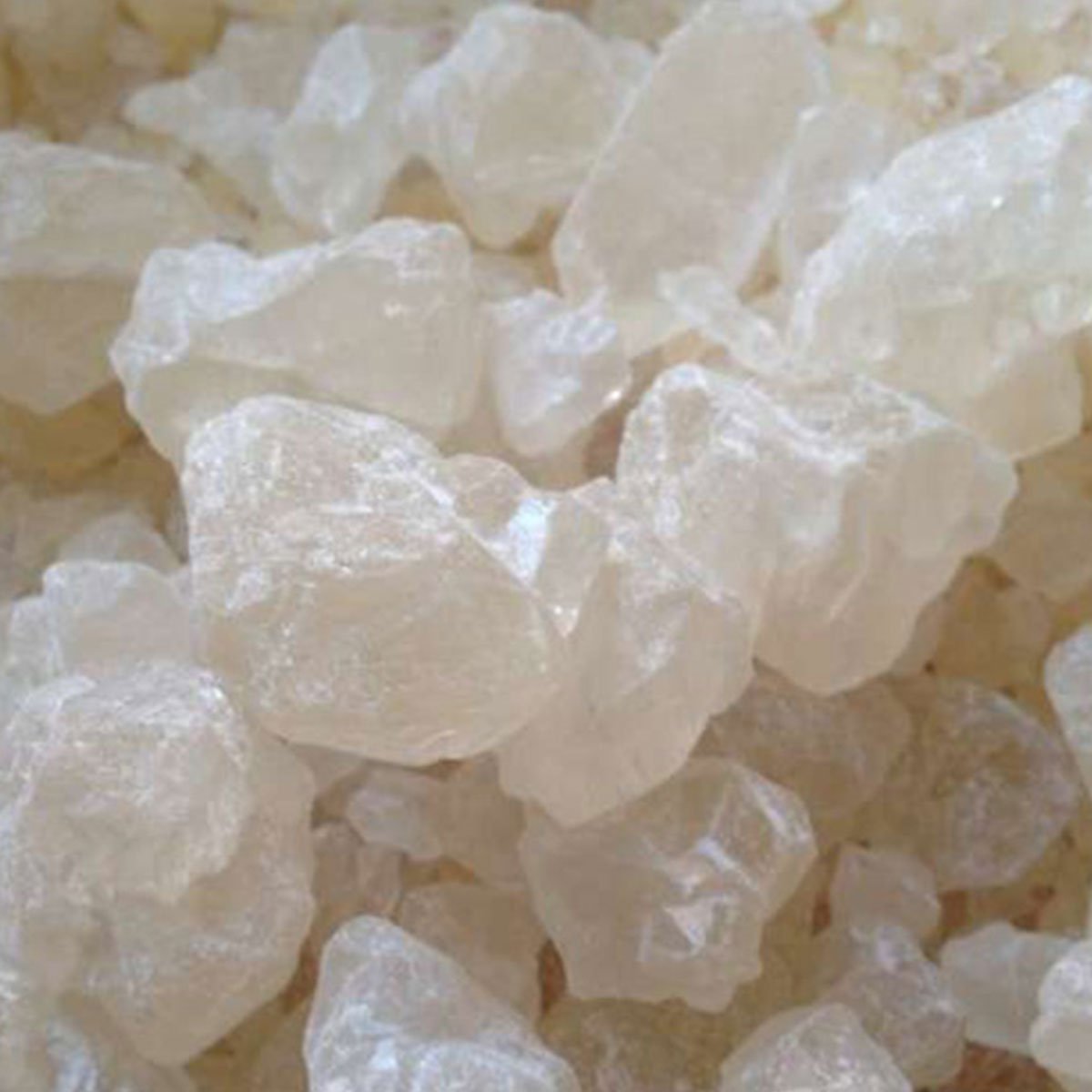






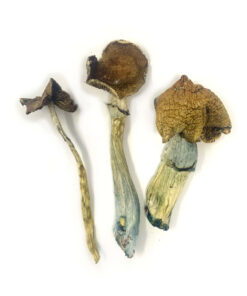


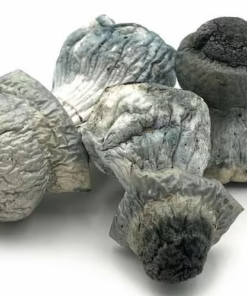
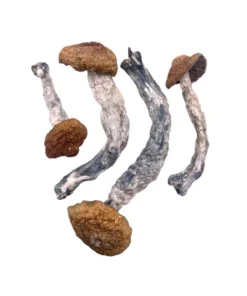
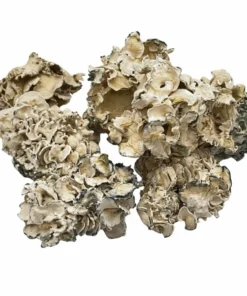
Reviews
There are no reviews yet.